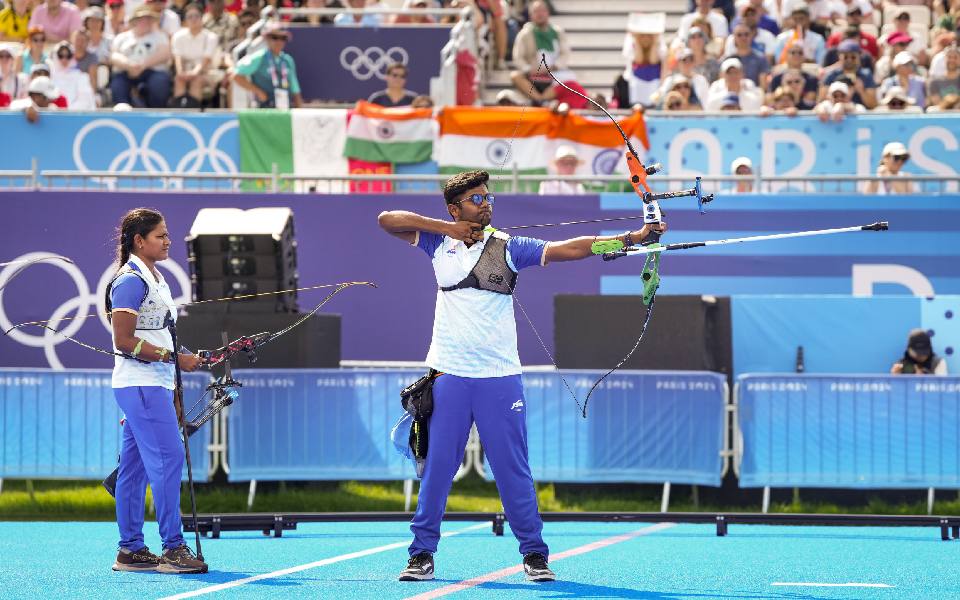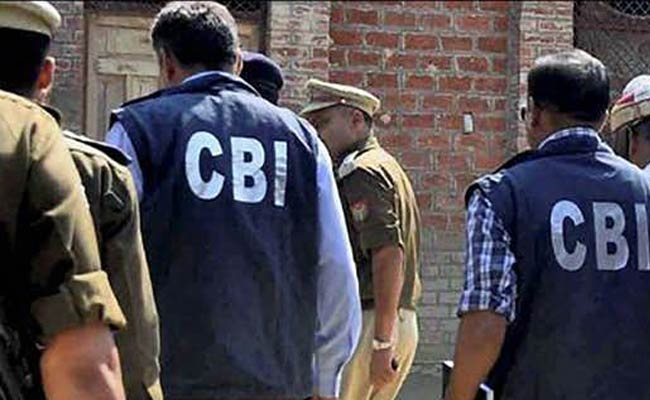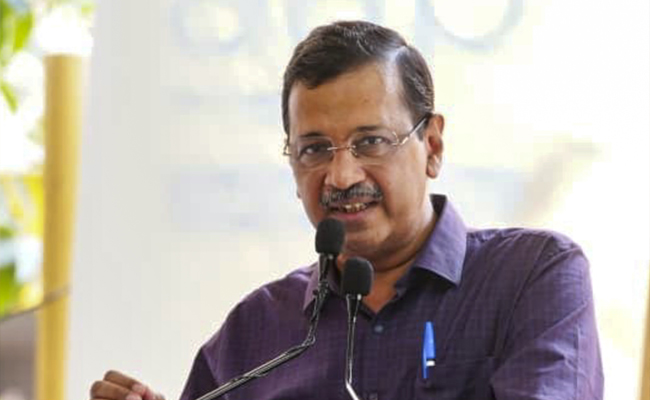Paris, Aug 2: The Indian mixed archery team of Ankita Bhakat and Dhiraj Bommadevara lost 2-6 to USA in a hard-fought bronze medal play-off of the Olympic Games here on Friday.
The Indian team had scripted history by entering the semifinals of the Games for the first time.
But the duo lost 37-38 35-37 38-34 35-37 to the American combination of Casey Kaufhold and Brady Ellison to bow out without a medal.
Let the Truth be known. If you read VB and like VB, please be a VB Supporter and Help us deliver the Truth to one and all.
Khunti (PTI): Six persons have been arrested for allegedly abducting a West Bengal-based businessman and his associate in Jharkhand's Khunti district and demanding a ransom of Rs 10 lakh, police said on Sunday.
The incident occurred on Friday in Tilmi area under the jurisdiction of Jariyagarh police station. Upon receiving information, police rescued both victims, they said.
Torpa Sub-divisional Police Officer Christopher Kerketta said, "We have rescued both the victims and arrested six people for their alleged involvement in the crime."
The businessman, identified as Haru Mukherjee (65), had come to the house of his associate, Vijay Oraon (40), to recruit labourers for work at a brick kiln.
The accused hail from different parts of Khunti, and police also seized a four-wheeler, three motorcycles, and five mobile phones from their possession, the officer said, adding an FIR has also been registered and further investigation is underway.





